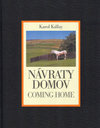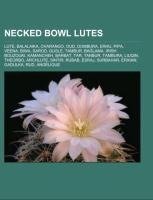
-
 Anglický jazyk
Anglický jazyk
Necked bowl lutes
Autor: Source: Wikipedia
Source: Wikipedia. Pages: 65. Chapters: Lute, Balalaika, Charango, Oud, Dombura, Erhu, Pipa, Veena, Biwa, Sarod, Gusle, Tambur, Baglama, Irish bouzouki, Kamancheh, Barbat, Tar, Tanbur, Tambura, Liuqin, Theorbo, Archlute, Sintir, Rubab, Esraj, Surbahar, Erxian,... Viac o knihe
Na objednávku, dodanie 2-4 týždne
17.86 €
bežná cena: 20.30 €
O knihe
Source: Wikipedia. Pages: 65. Chapters: Lute, Balalaika, Charango, Oud, Dombura, Erhu, Pipa, Veena, Biwa, Sarod, Gusle, Tambur, Baglama, Irish bouzouki, Kamancheh, Barbat, Tar, Tanbur, Tambura, Liuqin, Theorbo, Archlute, Sintir, Rubab, Esraj, Surbahar, Erxian, Gadulka, Rud, Angélique, Dotara, Cimboa, Gudok, Domra, Shahrud, Yehu, Dutar, Kobyz, Tiqin, Pandura, Igil, Qanbus, Banhu, Xiqin, Sarinda, Buzuq, Setar, Tembûr, sargija, Tiorbino, Zhonghu, Baglamas, Jing erhu, Dangubica, Huluhu, Ðàn gáo, Saraswati veena, Chitarra Italiana, Ðàn t¿ bà, Yayli tanbur, Sorahi, Topshur, Sallaneh, Chillador, Walaycho, Shurangiz. Excerpt: Lute can refer generally to any plucked string instrument with a neck (either fretted or unfretted) and a deep round back, or more specifically to an instrument from the family of European lutes. The European lute and the modern Near-Eastern oud both descend from a common ancestor via diverging evolutionary paths. The lute is used in a great variety of instrumental music from the Medieval to the late Baroque eras and was probably the most important instrument for secular music in the Renaissance. It is also an accompanying instrument, especially in vocal works, often realizing a basso continuo or playing a written-out accompaniment. The player of a lute is called a lutenist, lutanist or lutist, and a maker of lutes (or any string instrument) is referred to as a luthier. The words "lute" and "oud" derive from Arabic al'ud (¿¿¿¿¿; literally "the wood"). Recent research by Eckhard Neubauer suggests 'ud may in turn be an Arabized version of the Persian name rud, which meant "string", "stringed instrument", or "lute". It has equally been suggested the "wood" in the name may have distinguished the instrument by its wooden soundboard from skin-faced predecessors. Gianfranco Lotti suggests the "wood" appellation originally carried derogatory connotations because of proscriptions of all instrumental music in early Islam. Lutes are made almost entirely of wood. The soundboard is a teardrop-shaped thin flat plate of resonant wood (typically spruce). In all lutes the soundboard has a single (sometimes triple) decorated sound hole under the strings called the rose. The sound hole is not open, but rather covered with a grille in the form of an intertwining vine or a decorative knot, carved directly out of the wood of the soundboard. The back or the shell is assembled from thin strips of hardwood (maple, cherry, ebony, rosewood, gran, wood and/or other tonewoods) called ribs, joined (with glue) edge to edge to form a deep rounded body for the instrument. There are braces inside on
- Vydavateľstvo: Books LLC, Reference Series
- Rok vydania: 2018
- Formát: Paperback
- Rozmer: 246 x 189 mm
- Jazyk: Anglický jazyk
- ISBN: 9781157610441

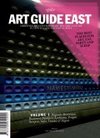
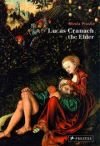




 Ruský jazyk
Ruský jazyk 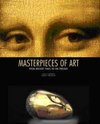
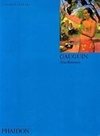
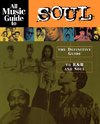
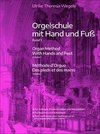
 Nemecký jazyk
Nemecký jazyk 
